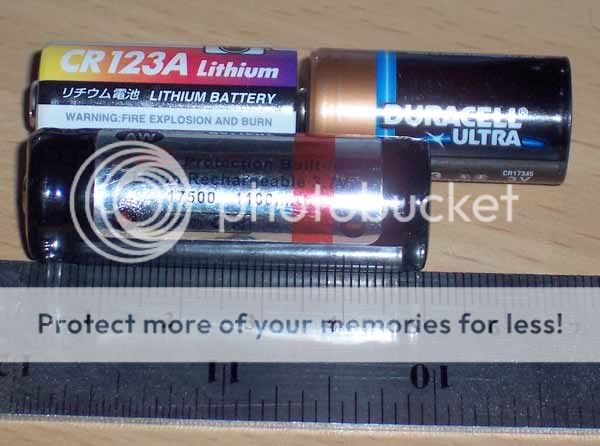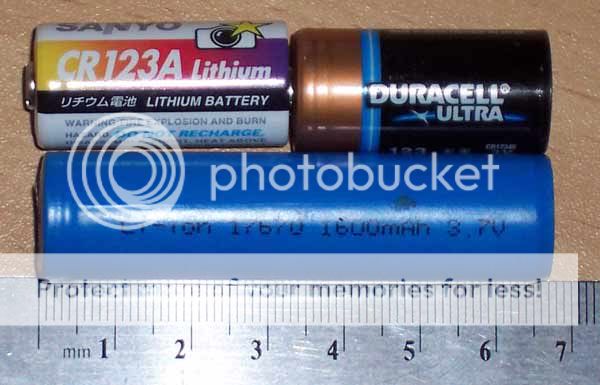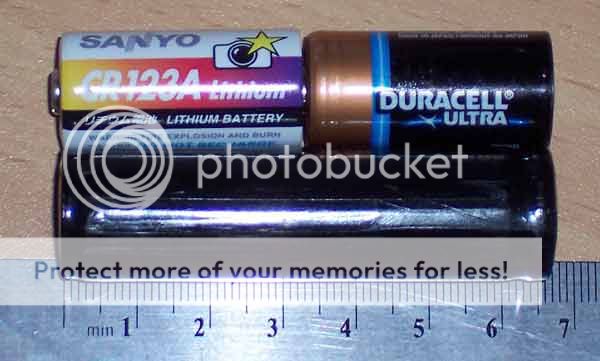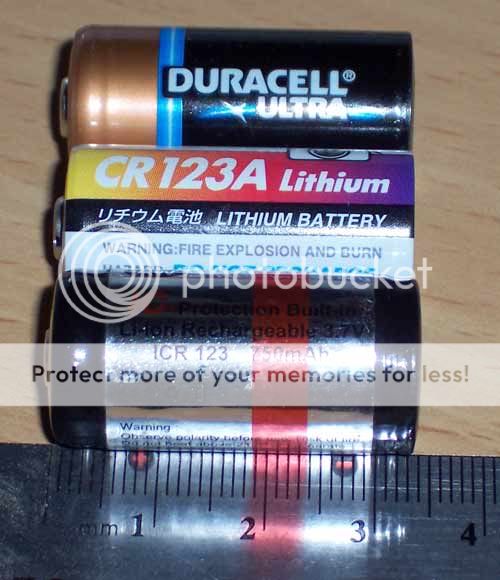VanIsleDSM
Enlightened
I'm building a light with 6x 10440 cells in seires, they will be taken out of the light to charge individually, so that's no issue, but I'd like to make sure none of them are over discharged in the light.
I'm somewhat electrically savvy, so I looked into the different chips available to make my own, though nothing I easily found through my normal avenues looked to be a good candidate.
Then I was directed here:
http://www.batteryspace.com/index.asp?PageAction=VIEWCATS&Category=711
This looks like a great bet, Although the low V cutoff is a little lower than I'd like, they'll still work just fine. I tried to order a few of the very top protection board, came to $9, then they wanted $50 for shipping to Canada through UPS express. Hopefully there is another option, I've emailed them to find out.
In the meantime, how many other people make their own battery packs with protection? Where do you get protection circuits? There must be somewhere else.. if this place can't come down on the shipping, it would cost me less to order 14500 cells from DX and strip the protection PCB from them.
I've heard much about Mr. AW and his batteries. I imagine he orders standard cells in bulk and fits them with protection circuits for resale? I wonder if the protection circuits are available on their own. I'm sure that's probably been discussed already, so before I bother him to ask a question that me be asked all the time, I thought I'd just mention that here and hopefully get a response from someone else who knows.
I'm somewhat electrically savvy, so I looked into the different chips available to make my own, though nothing I easily found through my normal avenues looked to be a good candidate.
Then I was directed here:
http://www.batteryspace.com/index.asp?PageAction=VIEWCATS&Category=711
This looks like a great bet, Although the low V cutoff is a little lower than I'd like, they'll still work just fine. I tried to order a few of the very top protection board, came to $9, then they wanted $50 for shipping to Canada through UPS express. Hopefully there is another option, I've emailed them to find out.
In the meantime, how many other people make their own battery packs with protection? Where do you get protection circuits? There must be somewhere else.. if this place can't come down on the shipping, it would cost me less to order 14500 cells from DX and strip the protection PCB from them.
I've heard much about Mr. AW and his batteries. I imagine he orders standard cells in bulk and fits them with protection circuits for resale? I wonder if the protection circuits are available on their own. I'm sure that's probably been discussed already, so before I bother him to ask a question that me be asked all the time, I thought I'd just mention that here and hopefully get a response from someone else who knows.
Last edited:







